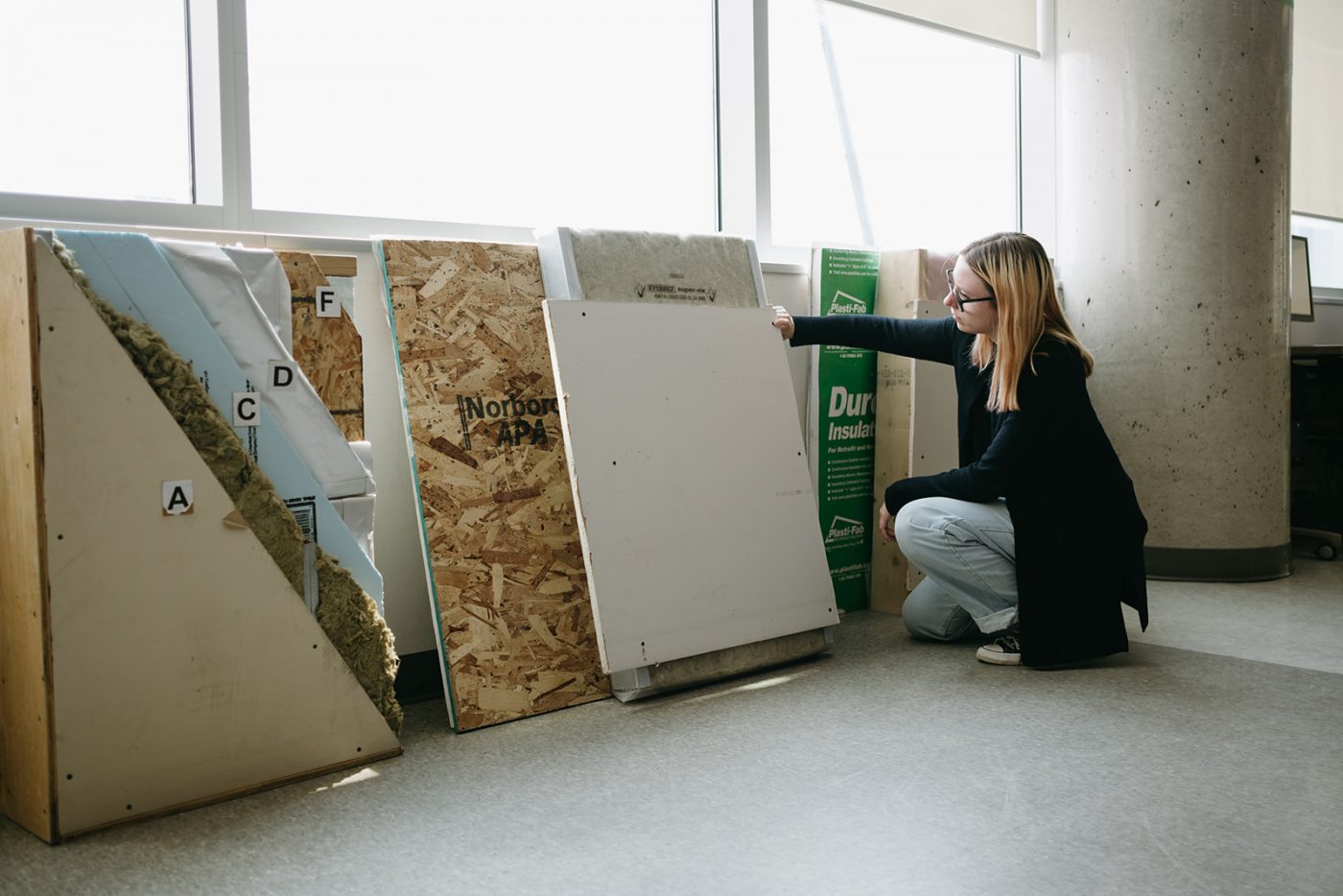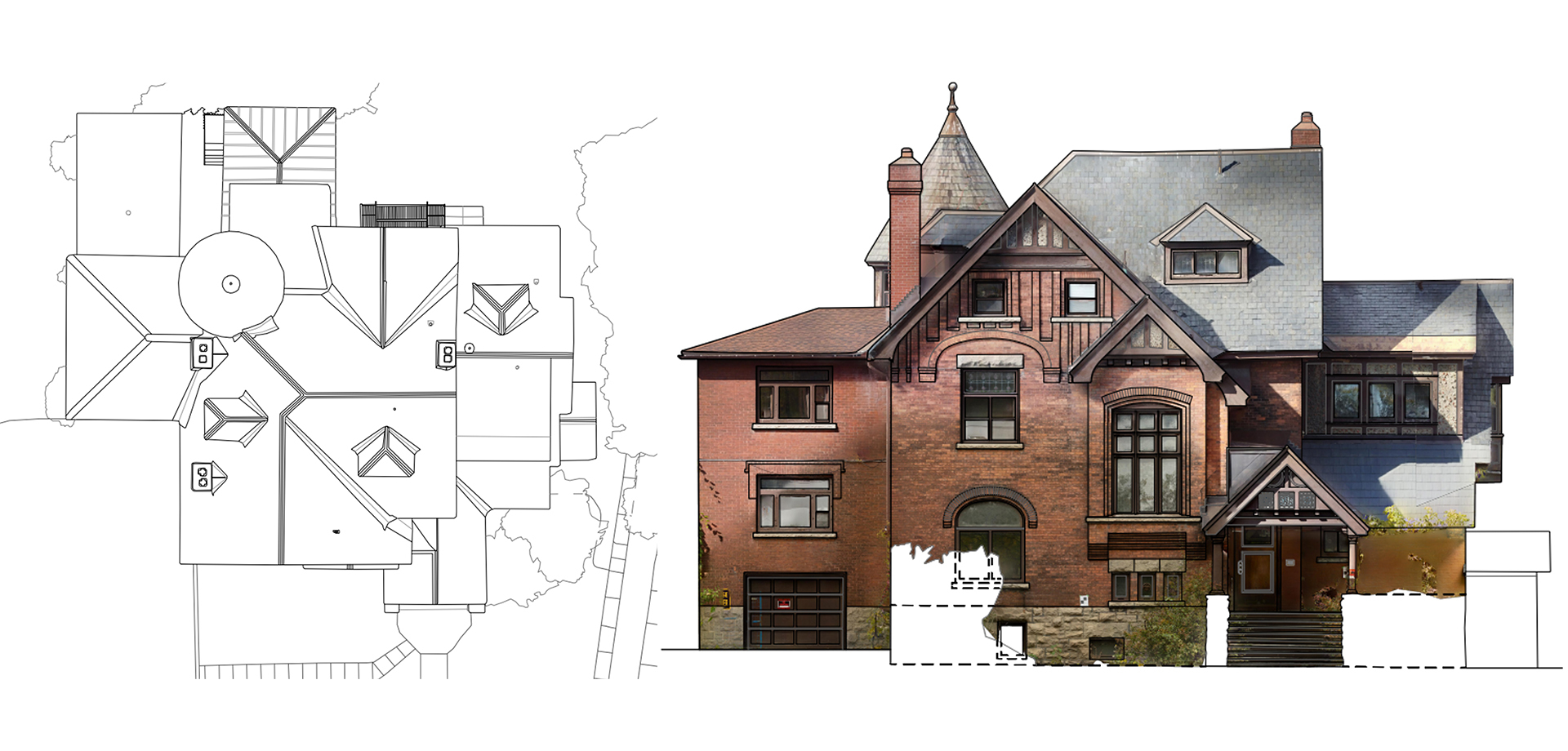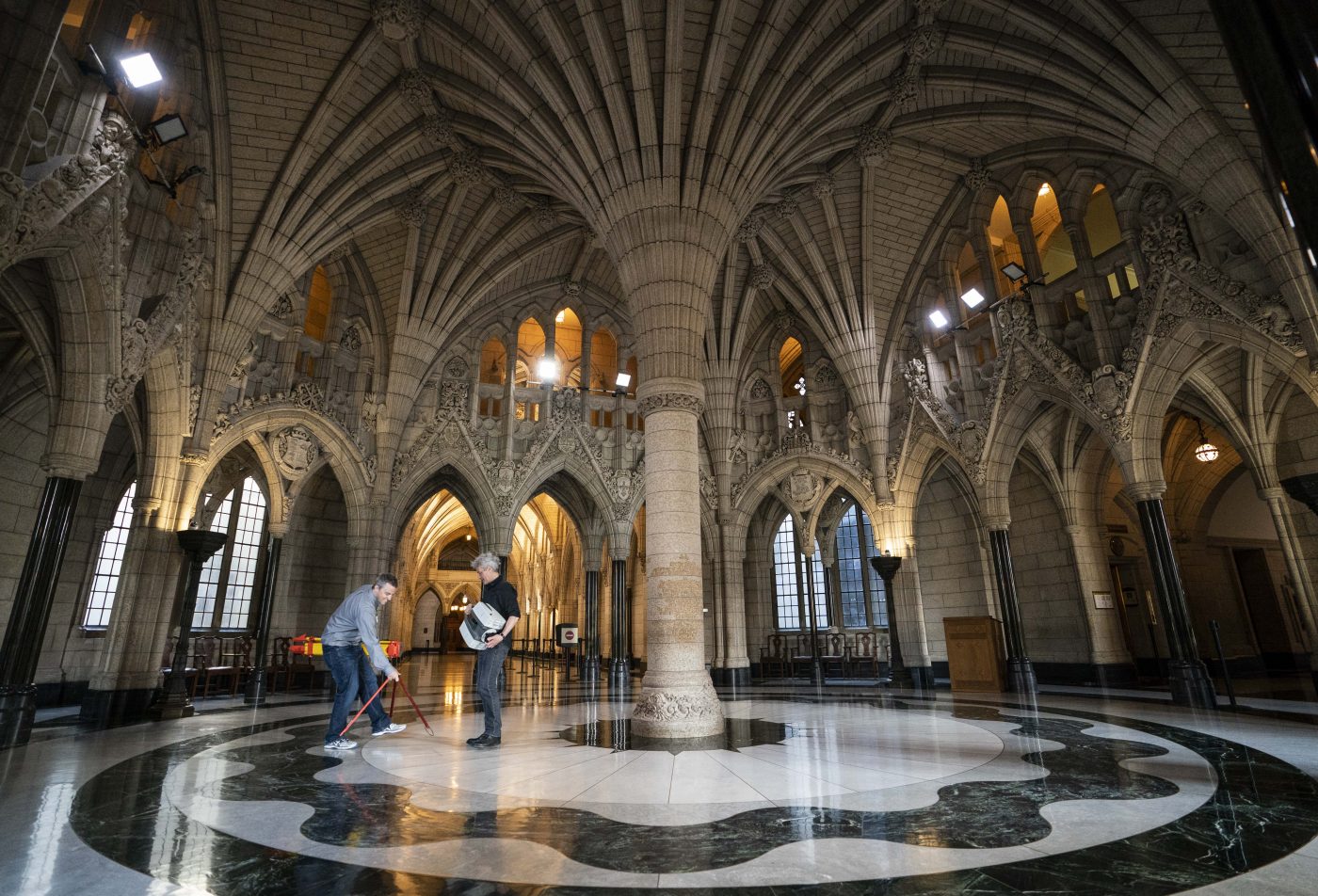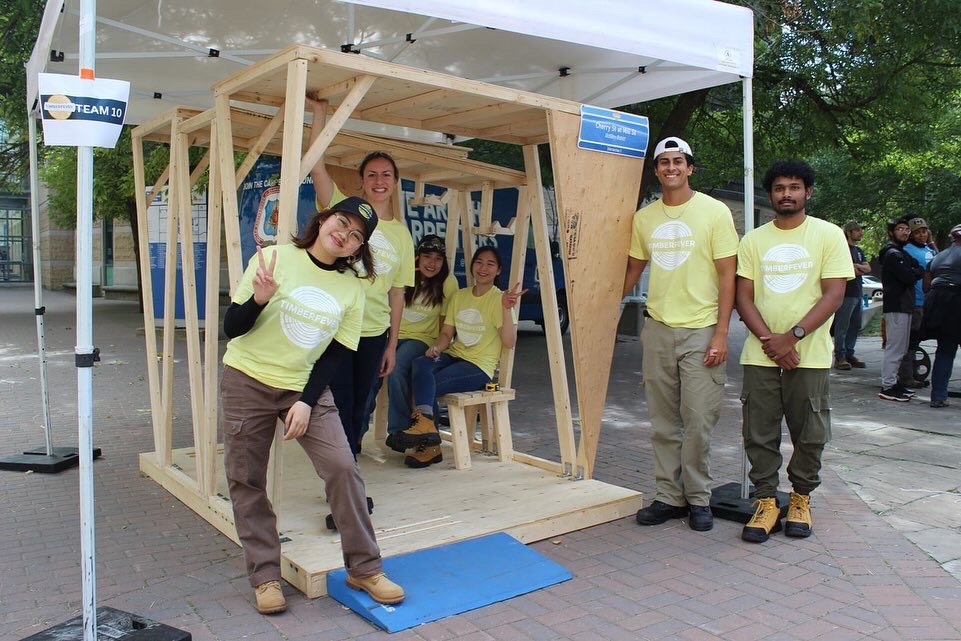Building a Sustainable Career in Engineering
Joseph Mathieu

Abi Kang had always liked math and science—but she was interested in architecture too. Through Carleton’s Architectural Conservation and Sustainability Engineering program, she found a way to combine these passions into one degree.
The Architectural Conservation and Sustainability Engineering program exists to meet the growing need for engineers with expertise in heritage conservation and sustainable buildings, and is a joint collaboration between the Department of Civil and Environmental Engineering and the Azrieli School of Architecture and Urbanism.
The robust curriculum includes learning about building design, construction, analysis and assessment, all while collaborating with architecture students to provide real-world application.
“I’m interested in structural analysis and design because they make the buildings that we see every day,” says Kang, who began her BEng in 2018. “It’s really fascinating to learn how buildings are built and how they are calculated precisely to be made stable.”

She was taught historic site recording—and it turned out to be one of her favourite courses.
The lessons on conservation and sustainability, including how a building’s energy efficiency and carbon footprint are affected by its design, led Kang to heritage preservation and historic site assessments.
Doubling Down on Architecture and Engineering’s Superpowers to Adapt, Restore and Revitalize
Kang’s interests led to her to the rehabilitation of the old Water Treatment Plant in Smiths Falls, Ontario, for her Engineering Capstone Project.
Her team of six developed a detailed plan to re-use the old plant, after conducting a site condition and historical evaluation of the Heritage values and character-defining element of the building.
“We did a detailed conservation and maintenance plan to restore the site to a safe, presentable and durable condition,” says Kang. “A major priority of the project was ensuring the historic site could be successfully integrated into the community, while protecting all the significant heritage elements.”
This work won Kang and her capstone teammates—Kate Wishewan, Ayah Hassan, Dakota Wehbe, Elizabeth Paikoff and Jessalyn Beich—third place at the Historic Ottawa Development Inc. (HODI) Awards in Built Heritage Conservation. The award goes to outstanding Carleton students who are involved in projects to safeguard and rehabilitate historic buildings and sites in Canada.
Kang’s experience in historic site recording led her to the Carleton Immersive Media Studio (CIMS) where she did her first co-op term, and became a part-time research assistant in May 2021.

She would work part-time during her studies and full-time during the summer at the multi-disciplinary research lab that integrates digital technologies into non- or semi-digital workflows with industry partners.
“Going to site is one of the most enjoyable parts of the job,” says Kang, “where I can survey sites with tools like total station and laser-scanning drones to make 3D modeling.”
In Ottawa, her work took her to various historic properties, including the Alexander Fleck House at 593 Laurier Ave. West, which was built in 1902, and the Prince of Wales Bridge.
“Although I saw videos on how to use a total station or just basic laser scanning, I feel like getting actual hands-on experience and doing it myself really helped me to learn. I was able to push the learning curve and apply all the knowledge I gained.”

Design-Building Competitions are Experience Accelerators
Kang’s degree not only provided her with invaluable opportunities available to students within the Carleton community, but to participate in a variety of external competitions.
“Those [competitions] really made a difference to my education. I really encourage other students to participate in these extracurriculars in university.”
Last fall, Kang participated in the ninth annual TimberFever Design-Building competition in the fall, organized by Toronto Metropolitan University. Her team won first place by designing a timber bike and bus shelter for Toronto transit stop, which is in service in Toronto’s Distillery District.

“It isn’t just a static stop, but also a dynamic structure that reflects its surroundings,” says Kang. “This multipurpose space serves as a bike stop, a bus stop, and a shelter for people seeking refuge.”
Kang was also able to go to Seattle in October 2023 to compete at the Association for Preservation Technology Preservation Engineering Technical Committee (PETC) Student Design-Build Competition, where teams of students built a masonry arch out of different materials.
Building a Sustainable Career
Now, as a graduate of the program, Kang says she is able to speak the language of architectural conservation, something that Carleton specializes in.
“I feel like we get to have exposure to working with different groups of people, and work on various projects,” she says. “A lot of these projects reflect how the real world works: scheduling, creating estimates, planning out the work, collecting the data, compiling and organizing it, creating 3D modelling based on it.”
She graduated in December and is considering different opportunities to explore the civil side of her degree.
“I now have the option to go either way,” she says. “If you’re passionate about heritage conservation and sustainable building design, the Architectural Conservation and Sustainability Engineering program might be the perfect fit for you.”